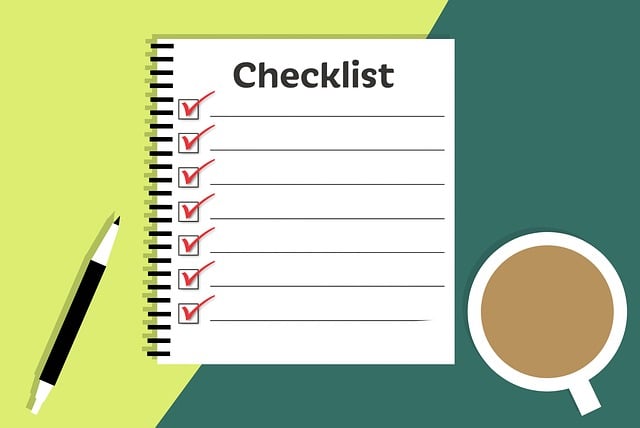Buying a used car is a great way to save money—but it’s not without risks. In Canada, where our weather, road conditions, and taxes vary from province to province, it’s important to be extra thorough when shopping for a pre-owned vehicle. Whether you’re buying from a dealership, private seller, or online marketplace like AutoTrader or Kijiji, having a proper checklist can protect you from buying a lemon.
Here’s your go-to used car buying checklist, made just for Canadian drivers:
✅ 1. Figure Out What You Can Afford
Start by setting a realistic budget that includes:
-
The purchase price
-
Sales tax (which varies by province)
-
Registration fees
-
Insurance premiums (don’t forget to get a quote!)
-
Winter tires or other essentials depending on your region
Also factor in the long-term cost of ownership: fuel, maintenance, and repairs.
✅ 2. Do a Deep Dive on the Vehicle
Before setting up a viewing:
-
Research the make and model for reliability, especially how it holds up in Canadian weather
-
Look into parts availability and repair costs locally
-
Check the Canadian Black Book or Autotrader Valuations to see what the car is really worth in your region
✅ 3. Review the Vehicle History Report
Ask the seller for a Carfax Canada report (not just a U.S. Carfax), which includes:
-
Canadian accident history
-
Previous provinces of registration (was it a BC commuter or an Ontario winter beater?)
-
Any record of flood damage, odometer rollbacks, or liens
🚩 Avoid cars that have been registered in multiple provinces in a short time—it could be hiding something.
✅ 4. Inspect the Vehicle in Daylight
Things to look for:
-
Rust around wheel wells and undercarriage (especially in areas that use road salt)
-
Paint inconsistencies that might indicate previous repairs
-
Windshield chips or cracks
-
Uneven tire wear
-
Warning lights on the dash
Pro tip: Bring a flashlight and check under the car for leaks—even in daylight.
✅ 5. Test the Interior Features
Check:
-
Heater and defroster (a must in any Canadian winter!)
-
All power accessories: windows, seats, mirrors
-
Infotainment, Bluetooth, and backup camera
-
Check for mold or mildew smells (a possible sign of flood damage or long-term storage)
✅ 6. Take It for a Proper Test Drive
Drive the vehicle at both low and highway speeds. Pay attention to:
-
Acceleration, braking, and smoothness
-
Steering response and alignment
-
Any unusual vibrations, noises, or smells
-
Suspension over potholes and bumps (we’ve all hit one or two…)
Don’t be shy—take your time, and try it out on a variety of roads.
✅ 7. Get a Professional Mobile Inspection
Even if the car seems perfect, never skip a pre-purchase inspection. Mobile inspectors like iNeedaPPi Mobile Car Inspectors will come directly to where the car is—whether it’s in a dealership lot or a stranger’s driveway.
They check for:
-
Engine and transmission health
-
Brake condition and tire life
-
Frame damage or hidden rust
-
Diagnostic trouble codes using pro-grade scan tools
🔧 Inspections usually cost under $200, which is cheap insurance against buying a dud.
✅ 8. Negotiate With Confidence
Armed with the inspection report, market appraisal, and vehicle history, you’re in a strong position to negotiate:
-
If the inspection revealed issues, ask for a price reduction or repairs
-
Be aware of average pricing in your province to avoid being lowballed or upsold
And if it doesn’t feel right? Walk away. There are plenty of other options out there.
✅ 9. Review the Paperwork Carefully
Before signing:
-
Make sure the VIN matches the registration and bill of sale
-
Confirm there are no liens on the vehicle
-
If buying privately, use your province’s standard bill of sale form (available online)
-
If buying from a dealer, ask about warranty coverage and if it’s included in the price
In some provinces like Ontario or Alberta, sellers are required to provide specific disclosures—know your rights!
✅ 10. Get It Registered and Insured
Once the sale is done:
-
Take your paperwork to a ServiceOntario, SAAQ, ICBC, or Service Alberta centre (depending on your province)
-
Pay the taxes and registration fee
-
Switch over your plates or get new ones
-
Contact your insurer and send them the vehicle details
Also consider getting winter tires if your province requires them or you’re heading into colder months.
Final Thoughts
Buying a used car in Canada is a smart move—if you do it the right way. Our winters, road salt, and vast geography add a few extra steps, but that just means being more informed is even more important.
If there’s one step you shouldn’t skip, it’s the mobile pre-purchase inspection. Services like iNeedaPPi make it easy, affordable, and thorough—and they operate in cities across Canada.
Happy (and smart) car hunting, eh?



